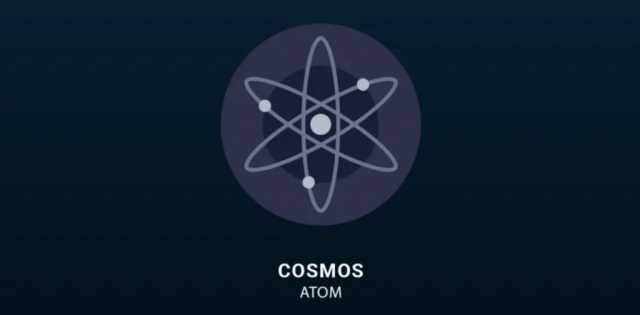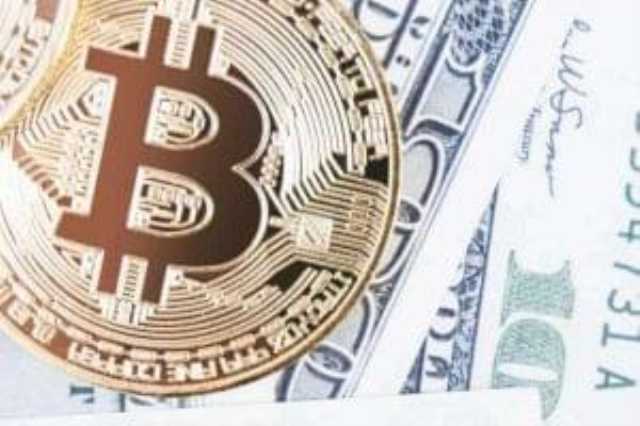
According to these reports, the near-term effects of the halving may be limited to the bitcoin mining sector, where consolidation could occur as overall hashrate declines due to decreased profitability. Baker points out that miners may shift transaction processing power away from BTC once the next halving takes place as they seek more transaction fees elsewhere to make up for lost Bitcoin revenue. Presently, more than 19 million Bitcoins have already been mined, leaving under 2 million left to be created.
When was the last Bitcoin halving?
This rise coincides with a familiar pattern, identified by legendary Bitcoin traders, which sees Bitcoin surge dramatically three months after its halving. “To ideally time the next bull market entry, we aim What is Bitcoin Halving for Bitcoin prices to fall into the low 40,000s,” 10x Research states. April 2024’s Bitcoin halving will affect what miners can earn, but it is also anticipated to have a troubling environmental impact.

Bitcoin at Bottom or More Pain to Come? Experts Weigh In
This can be noted by looking at Bitcoin’s price after each previous halving event—it has typically risen. The historic increase in demand has driven price increases, which is https://www.tokenexus.com/ a good thing for investors and speculators. Block rewards are part of the blockchain’s automatic process of validating transactions and opening new blocks (called mining).
RCO Finance’s Advanced AI Trading Offerings Attract Bitcoin Traders
But correlation does not imply causation, especially with such a small sample size. First, it’s possible that the timing of these rises was purely coincidental. It’s also possible that bitcoin’s rise has less to do with the actual mechanics of the halvings as opposed to the halvings’ narratives. With each halving, excitement grows about bitcoin’s potential, leading more people to buy in. That increase in demand causes the price to increase, which causes even more interest in a self-reinforcing cycle. Securities and Exchange Commission approving spot bitcoin ETFs in January.
- That happens roughly every four years in periods that are often accompanied by heightened bitcoin price volatility.
- Halving keeps miners’ incentive alive for longer while also contributing to Bitcoin’s fixed-supply, anti-inflationary ethos.
- It is designed to control the supply of new bitcoins entering circulation and to maintain the scarcity of the digital asset.
- As each halving event reduces the block reward by half, the supply of new bitcoins entering circulation will continue to decrease over time.
- Bitcoin halving, in which rewards for mining Bitcoin are reduced by 50%, happens roughly every four years, as Fast Company has reported.
- Their block is added to the blockchain, they receive a reward, and the network starts another race.

As the rate at which new bitcoins enter circulation is reduced by 50%, the asset becomes increasingly rare. This built-in deflationary mechanism creates potential long-term upward pressure on bitcoin’s price. However, the relationship between halving events and price appreciation is not always straightforward and can be influenced by various market factors.
NerdWallet, Inc. does not offer advisory or brokerage services, nor does it recommend or advise investors to buy or sell particular stocks, securities or other investments. This may influence which products we review and write about (and where those products appear on the site), but it in no way affects our recommendations or advice, which are grounded in thousands of hours of research. Our partners cannot pay us to guarantee favorable reviews of their products or services.
Bitcoin transforms crypto landscape with most recent halving — but it could also have a disastrous side effect
Activity is also spiking on the Bitcoin blockchain following the creation of new Bitcoin-based financial primitives, such as decentralised applications, increasing transaction fees collected by miners. If the chain experiences an increase in activity, the transaction fees alone could be enough to incentivise miners stick with Bitcoin even in the event that BTC prices do not increase after the next halving. The Bitcoin halving can have a significant impact on the network hash rate. When the block reward is cut in half, mining Bitcoins becomes less profitable.